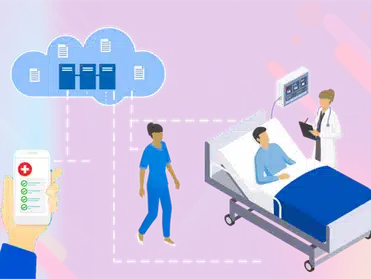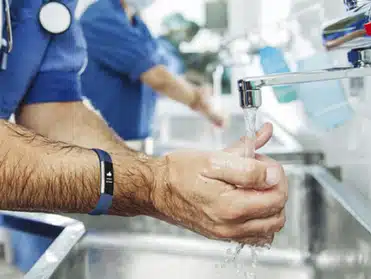Preventing Fatal Transfusions: How Frequent Monitoring Saves Lives
Monitoring Transfusions to Save Lives Many people choose the hospital they go to for care according to the hospital’s reputation. A patient in need of aggressive chemotherapy, for example, might base the decision according to the reputation of a hospital’s oncology division, or as part of a thought process that reasons, “If this hospital is […]
Preventing Fatal Transfusions: How Frequent Monitoring Saves Lives Read More »



